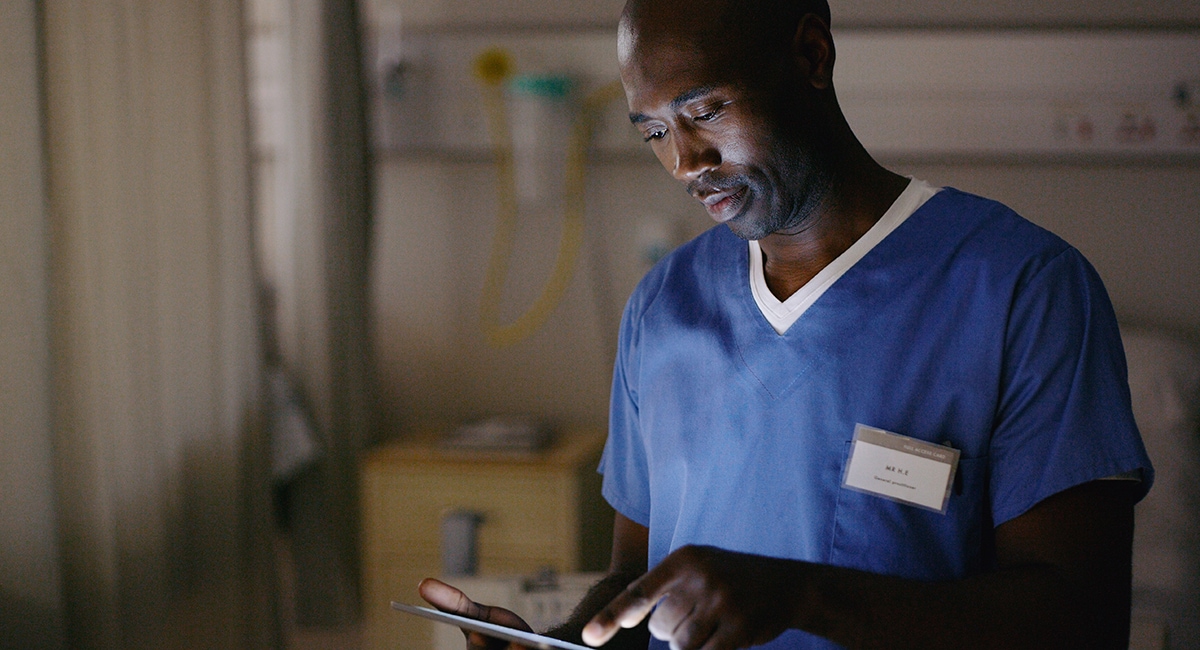April 28, 2021
Managing and Securing Medical Devices
Healthcare organizations must take a specialized approach to their unified endpoint management efforts.

Unified endpoint management (UEM) solutions provide a way for organizations across industries to track, manage and secure their end-user devices. Healthcare introduces a unique set of challenges: Intelligent medical devices often have an extended useable life due to intensive FDA approval processes, for example. Consequently, many devices are running unsupported legacy operating systems. This, coupled with the essential nature of medical devices, compels healthcare organizations to manage these devices differently.
Learn how CDW Amplified™ Workspace services can help your organization optimize its mobile devices.
To address healthcare’s unique endpoint environments, hospitals may have to deploy more than one solution to track medical devices along with traditional endpoints. Here are three factors that IT and business leaders should consider when planning UEM initiatives in healthcare.
Security
Due to the long lifespan of healthcare equipment, it is common for medical devices to run outdated operating systems such as Microsoft Windows XP. This exposes devices to security vulnerabilities, as unsupported operating systems cannot be patched. Healthcare organizations should adopt tools and processes that protect the devices and shield the larger organization. For example, some organizations employ micro network segmentation within their networks. This technique compartmentalizes a device so a breach will not spread throughout the rest of the environment.
Management
Medical device management, including maintenance and documentation, is an expectation for compliance. For example, all medical devices with an electrical plug must be inspected by a biomedical engineer on a yearly basis. Documentation of the assessment, location, software and hardware version must be maintained within the system of record. Device firmware and software updates should not be overlooked. To avoid the risk of service interruption, leverage a patching window and refrain from applying over-the-air (OTA) updates.
Tracking
Hospitals spend around $93 billion per year on medical equipment lifecycle costs, according to Becker’s Hospital CFO Report. And between 12 and 16 percent of these costs are due to a lack of accurate information, internal resources, bandwidth and specialized expertise. Real-time tracking systems can help healthcare organizations to make more efficient use of both medical devices and staff time. Tracking will become even more important as hospitals increasingly send patients home with medical devices to help monitor and manage their care from afar.
In healthcare, endpoint management is more complex than simply deploying an off-the-shelf UEM solution. Because of this, many healthcare organizations rely on CDW to help them determine the right mix of tools, technologies and techniques to optimize and secure their endpoint environments.
